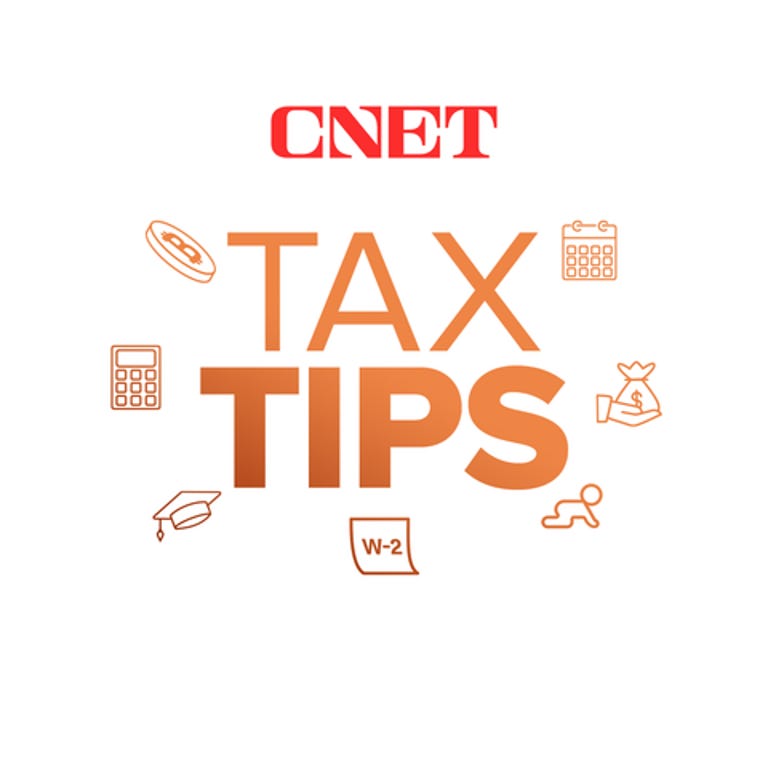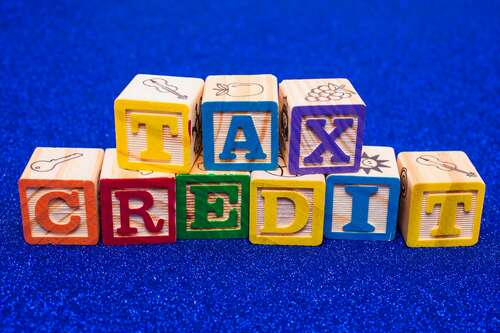While Tax Day is still two months away (April 15), you may already be thinking about filing an extension if your taxes will be complicated this year. However, doing so may delay any money that’s owed to you by the IRS.
Along with completing your tax return, the best tax software can also help you file a tax extension, but you can also submit IRS Form 4868 by mail — as long as you get it postmarked by the deadline.

We’ll tell you how to file a tax extension, as well as any money you could be delaying if you do. For more, here’s how to file your taxes for free and track your IRS tax refund after you file.
How to file a tax extension
If you’re planning to file a tax extension this year, you’ll need to submit Form 4868 (PDF) to the IRS either by paper or electronically using e-file before the April 15 deadline. As long as your electronic extension is submitted by midnight, or your letter is postmarked by that date, your extension should be good.
However, if you think that you owe taxes, you’ll need to pay your estimated income tax due using Direct Pay, the Electronic Federal Tax Payment System or using a debit or credit card. If you don’t pay your estimated taxes with your extension and owe money, you’ll have to pay interest on that money as well as a potential penalty when you do file.
Some taxpayers are automatically granted more time to file. This includes military personnel who are serving in a combat zone or persons in federally declared disaster areas. US citizens who live outside the country have until June 17 to file.
Will an extension delay any taxes you owe to the IRS?
No. Extending your filing deadline doesn’t delay when you have to pay taxes that you may owe. According to the IRS, you need to estimate and pay at least 90% of your tax liability by the deadline to avoid late fees. Otherwise, you will have accrued interest on what you owe, which you’ll eventually have to pay — plus possible penalties — on top of your income taxes.
The late-payment penalty is usually 0.5% per month of the outstanding tax not paid by the filing deadline, maxing out at 25%. The IRS can also issue a late-filing penalty of 5% of the amount due for every month or partial month your tax return is late. If your return is filed more than 60 days after the due date, the minimum late-filing penalty is either $450 or 100% of the unpaid tax (whichever is less).
For individual taxpayers, penalties and interest will stop accruing only when your balance is paid in full. For more on penalties or to work out a payment plan with the IRS, check out its web page.

Between the child tax credit and child care expenses, you could get a lot of money back this year.
How is child tax credit money related to 2023 tax returns?
If you had a new baby or gained a dependent any time in 2023 that the IRS didn’t know about, you could get even more money back. Or if your income changed and you didn’t update those details in the IRS Update Portal, you may be eligible to receive more money.
By not filing your taxes by the deadline, you could be missing out on up to $2,000 per child.
Are child care expenses included with tax refunds this year?
The child care tax credit continues to stay the same as its 2019 levels. The amount of money you can get back for expenses you paid for child care or dependent care has decreased significantly from the pre-pandemic amount. But a refund is still a refund! You could receive up to $1,050 for one child or up to $2,100 for two or more kids, according to TurboTax.
Here’s what counts as an expense: day care, babysitters, transportation to and from care providers, day camp, and before- and after-school programs. The amount of money you’re eligible to get reimbursed for will be sent with your tax refund.
Will your tax refund be late if you file an extension?
Yes. The timeline for getting your income tax refund depends on when you file. And although you have until Oct. 15 to submit your return if you file an extension, it doesn’t mean you have to wait that long to file.
Some refunds, especially for more complicated returns or those that need corrections, could take months to arrive.
The IRS is asking taxpayers to file electronically this year and to carefully review their details before submitting to avoid any errors that could potentially delay their refund. The agency also asks that you sign up for direct deposit to get your money faster.
Ways to file your 2023 tax return
The IRS says that taxpayers can file and schedule their federal tax payments online, by phone or with the mobile IRS2Go app.
If you need to find a tax software service to use, and you make $79,000 or less, you can find an IRS-approved free filing service easily. You’ll need to gather the following information: income statements (W2s or 1099s); any adjustments to your income; your current filing status (single, married, filing jointly); and dependent information. If you make more than $79,000, you can use the Free File Fillable Form.
If you haven’t already made a tax payment, the IRS prefers that payments be made electronically, and offers a variety of ways to do so, including IRS Direct Pay, which is directly linked to a checking or savings account. Another option is by credit card using the mobile IRS2Go app, or through the Electronic Federal Tax Payment System.
How to review your IRS tax account online
An easy way to review all your tax-related details, including your address and payment plan details, is to access your IRS account online. According to the IRS, taxpayers can use the information from their account if they need to access their adjusted gross income, find their stimulus payment and child tax credit amounts, or review their estimated tax payments or credits. Accessing your tax transcript will give you all the records necessary if you have a tax problem or a missing payment.
If you have any additional questions you can go visit the IRS’ Interactive Tax Assistant to get help.
For more tax information, here’s why you might want to sign up for direct deposit when you file your taxes.

